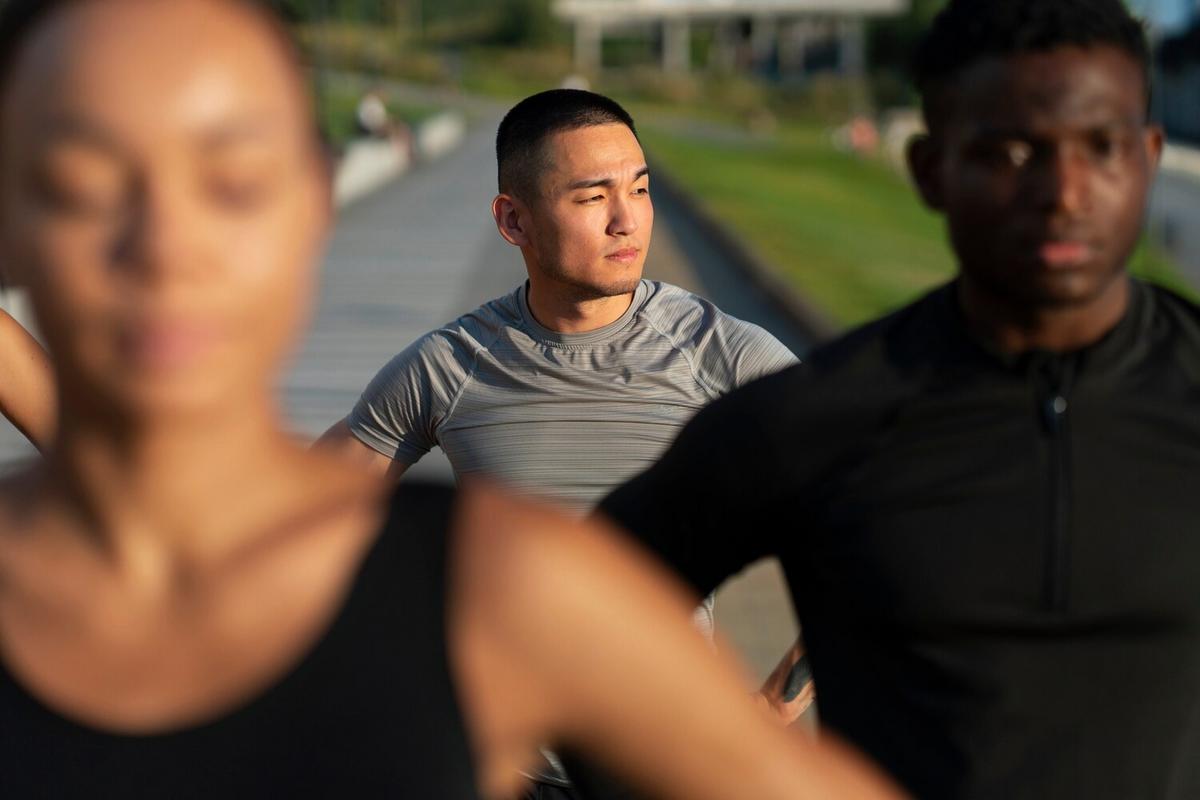Unlocking Athletic Potential: The Science Behind Peak Performance
Unlocking athletic potential is a fascinating endeavor, combining the rigors of science with the art of sport to push human capabilities to their limits. Understanding the science behind peak performance can provide athletes with the tools they need to excel.

Unlocking athletic potential is a fascinating endeavor, combining the rigors of science with the art of sport to push human capabilities to their limits. Understanding the science behind peak performance can provide athletes with the tools they need to excel.
The Science Behind Peak Performance
Peak performance in sports is not just about talent or hard work. It involves a complex interplay of physiological, psychological, and biomechanical factors. According to Dr. Michael Joyner, a renowned physiologist, “Understanding the limitations and capabilities of the human body is key to unlocking athletic potential.”
Physiological Insights
Research has shown that VO2 max, or the maximum rate of oxygen consumption, is a critical determinant of endurance performance. Athletes with a higher VO2 max can sustain higher intensities for longer periods. A study published in the Journal of Applied Physiology found that elite athletes often have a VO2 max 50-100% higher than the average person.
Psychological Factors
Peak performance is as much a mental game as it is physical. Sports psychologist Dr. Carla Meijen emphasizes the importance of mental resilience and focus. “Athletes who can maintain composure under pressure and visualize success are more likely to achieve their goals,” she notes.
Biomechanical Efficiency
Biomechanics plays a vital role in optimizing performance. Proper technique reduces the risk of injury and increases efficiency. For instance, sprinters with optimal stride length and frequency can achieve faster times with less energy expenditure.
| Factor | Influence on Performance |
|---|---|
| VO2 Max | Determines endurance capacity |
| Mental Resilience | Maintains focus under pressure |
| Biomechanical Technique | Enhances efficiency and reduces injury risk |
| Nutrition | Provides energy and aids recovery |
| Hydration | Maintains performance levels |
| Sleep | Facilitates recovery and mental acuity |
| Training Intensity | Affects adaptation and improvement |
| Recovery Strategies | Prevents overtraining |
Actionable Tips for Athletes
- Incorporate interval training to boost VO2 max.
- Practice visualization techniques to enhance mental toughness.
- Focus on technique refinement to improve biomechanical efficiency.
- Maintain a balanced diet rich in nutrients to fuel performance.
Conclusion
Unlocking athletic potential requires a holistic approach that integrates physical fitness, mental preparation, and technical skills. By understanding and leveraging the science behind peak performance, athletes can reach new heights and achieve their goals. For more insights into sports science, check out Scientific American’s Sports Section for expert articles and studies.
Frequently Asked Questions
What is VO2 max?
VO2 max is the maximum rate of oxygen consumption measured during incremental exercise and is an indicator of cardiovascular endurance.
How can mental resilience be improved?
Mental resilience can be enhanced through techniques such as mindfulness, visualization, and stress management practices.